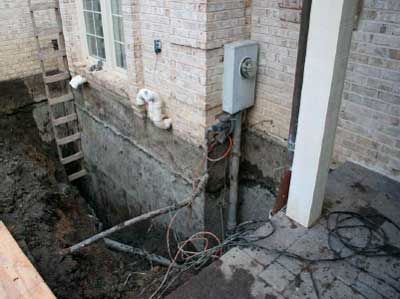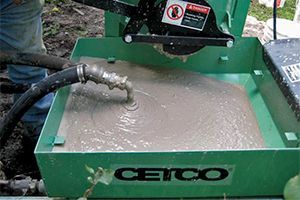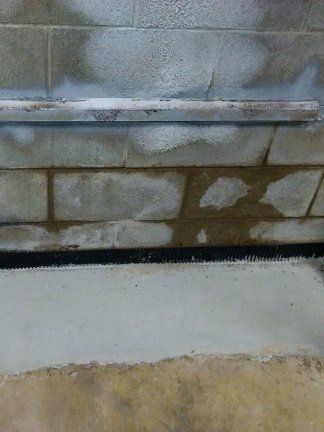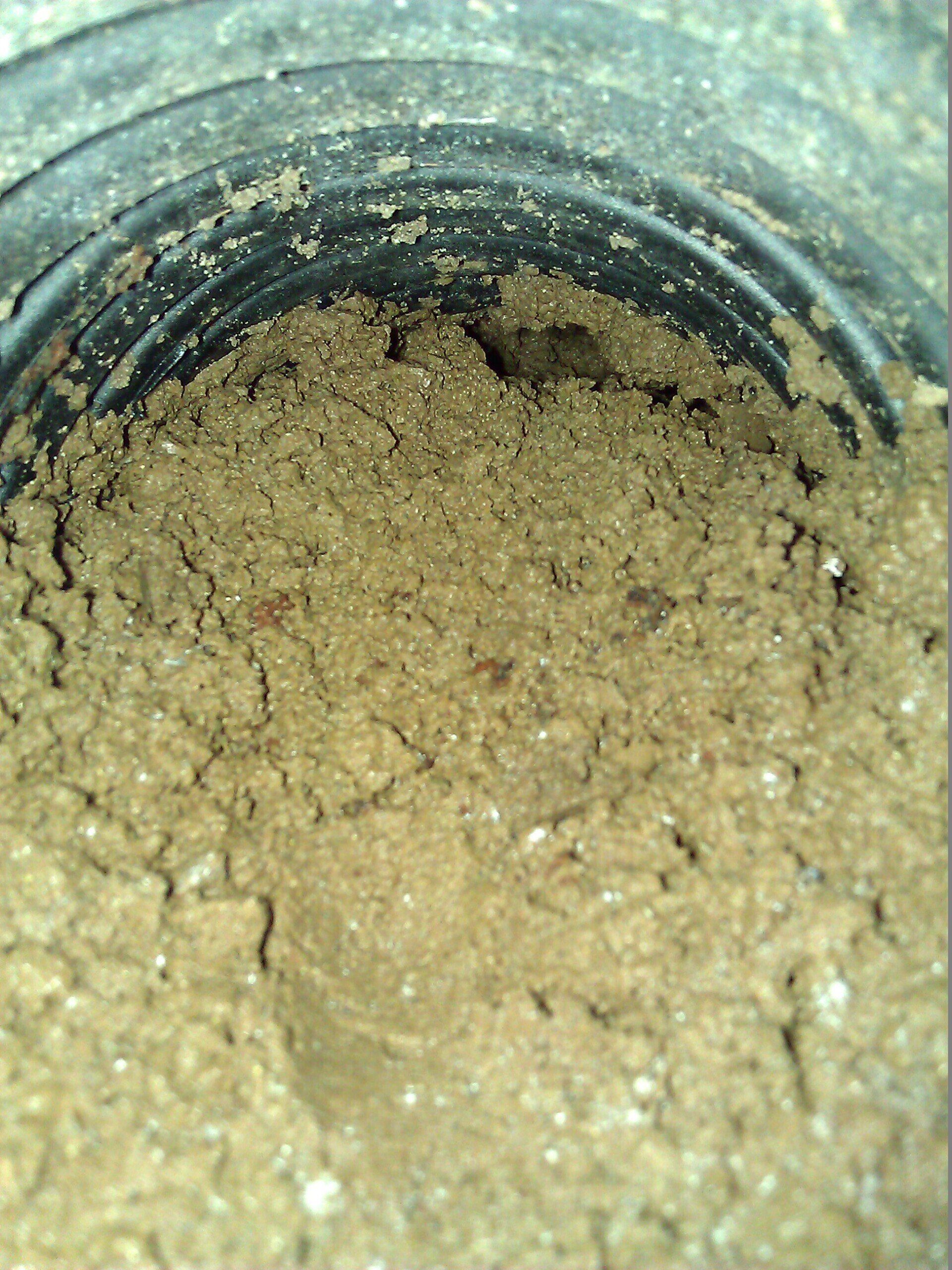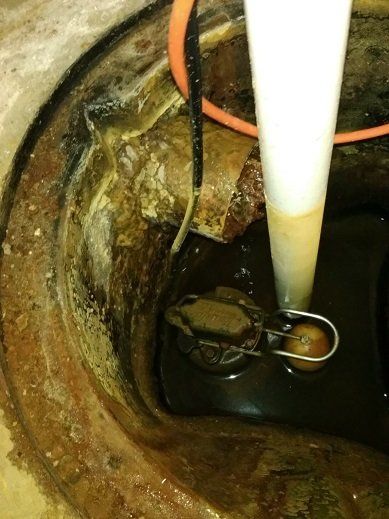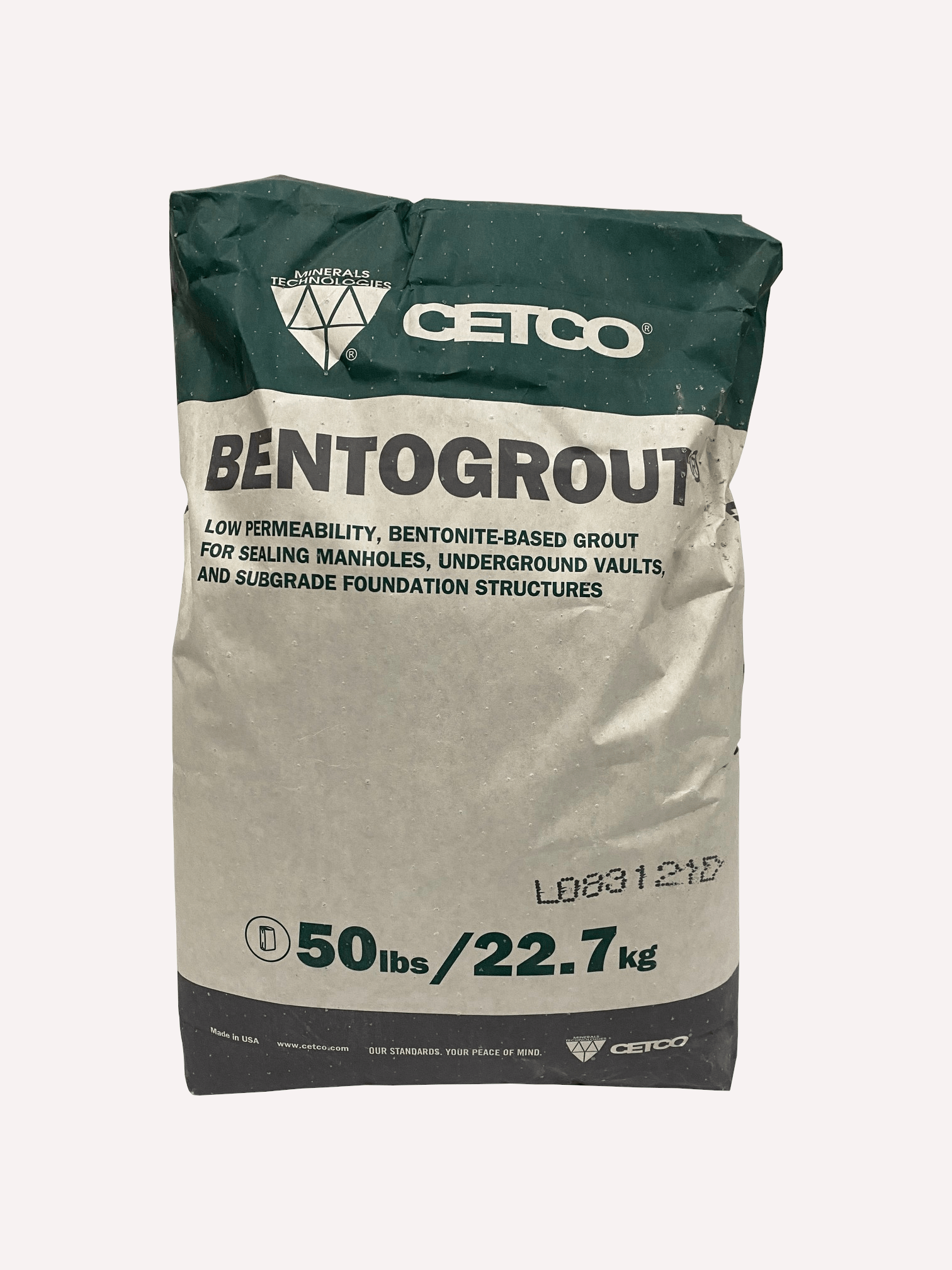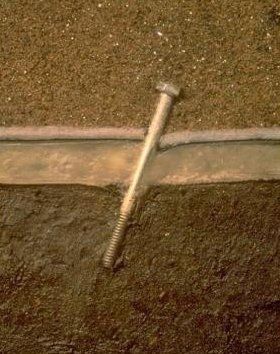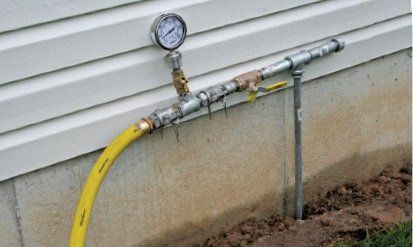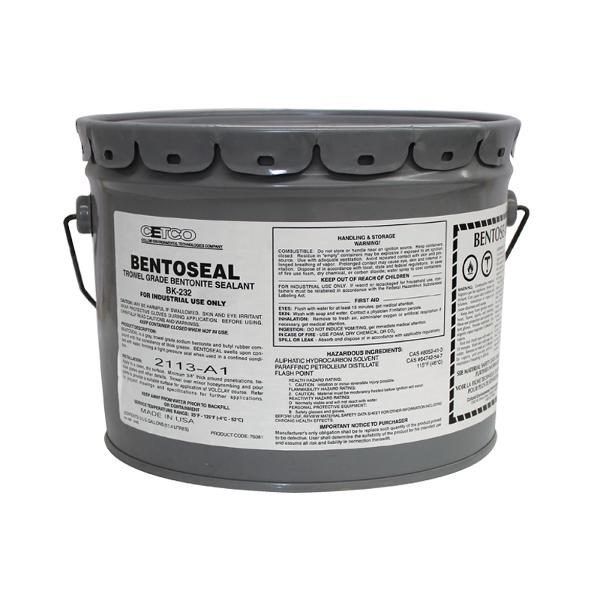This is CETCO Voltex DS, used for exterior waterproofing on new construction. There's a black plastic barrier, if ripped or opened, will expose the bentonite (the solid gray layer). When in contact with water, the bentonite will swell up to 15x creating a thick, sticky goo that will resist water movement further into the wall. The white fibers help hold the bentonite in place while instalation is going on. The bentonite is attached to the wall along with prep work to anything that might be a future problem.
We use this on all kinds of new construction foundations, one of our favorites is garages built into hills. Since a drain tile would freeze in the winter, this give a water-tite barrier on the outside of the foundation.

